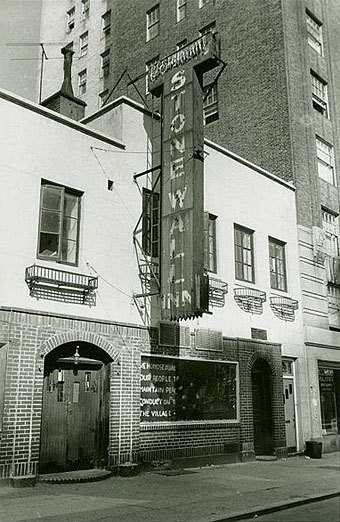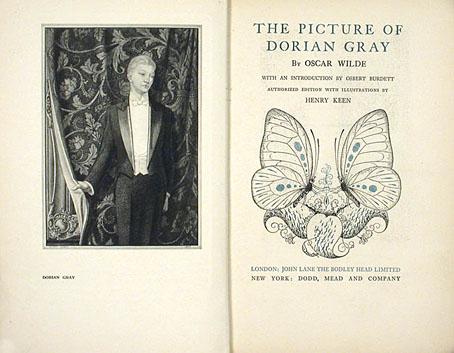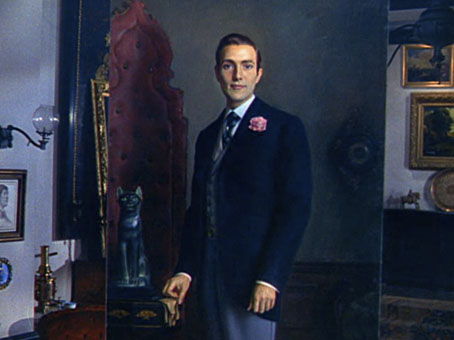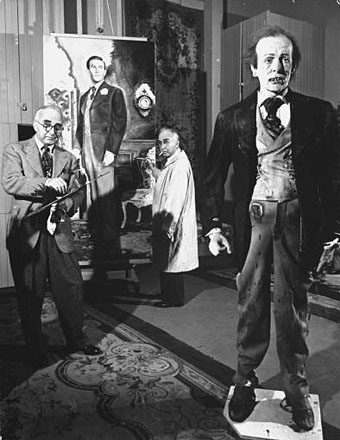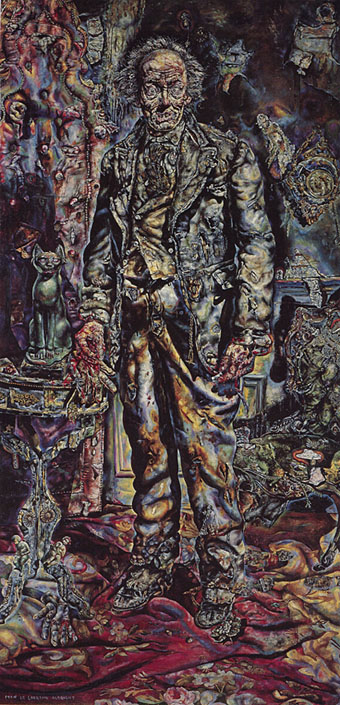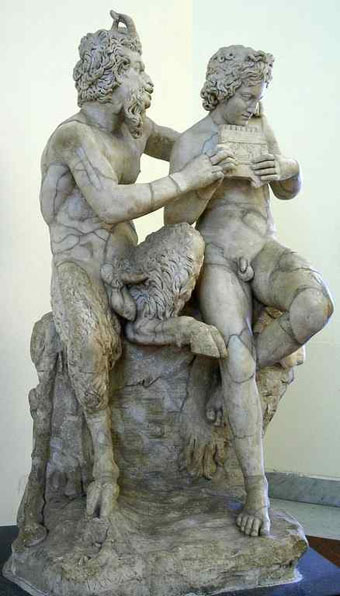It was forty years ago, on the night of the 27th and morning of the 28th of June, 1969, that patrons of the Stonewall Inn in Greenwich Village rioted after one police raid too many. You can read about it in detail on an unusually thorough (caveat lector) Wikipedia page. Violence, harassment and suspicion is something gay people still have to endure today but in the 1960s things were considerably worse and the riots which began that night marked the point at which gay people in America showed they weren’t going to be pushed around any more. The exact nature of the events is still being argued over but that doesn’t negate their symbolic value. Here in Britain Parliament had grudgingly (and with ridiculous provisos) decriminalised homosexual acts two years earlier but the Stonewall riots have proved a potent enough symbol to lend their name to Britain’s leading gay rights organisation.
Things have improved immeasurably since 1969 but the struggle for basic civil rights continues, whether for marriage equality in many western countries, or for freedom from persecution and execution elsewhere. Martin Luther King said “Let us realize the arc of the moral universe is long but it bends toward justice.” Likewise, Oscar Wilde, given two years’ hard labour under the law which wasn’t abolished until 1967, said upon his release, “Yes, we shall win in the end; but the road will be long and red with monstrous martyrdoms.” Most of the time it can feel like we’ve reached the end of Oscar’s road but that’s only true in a handful of countries. Until the map on this page can be turned a single colour, the end of the road for many people will remain out of sight. But the arc of the moral universe is long. And it bends towards justice.
• The Times: Church ‘out of touch’ as public supports equal rights for homosexuals
Previously on { feuilleton }
• Over the rainbow
• Forty years of freedom after centuries of injustice

